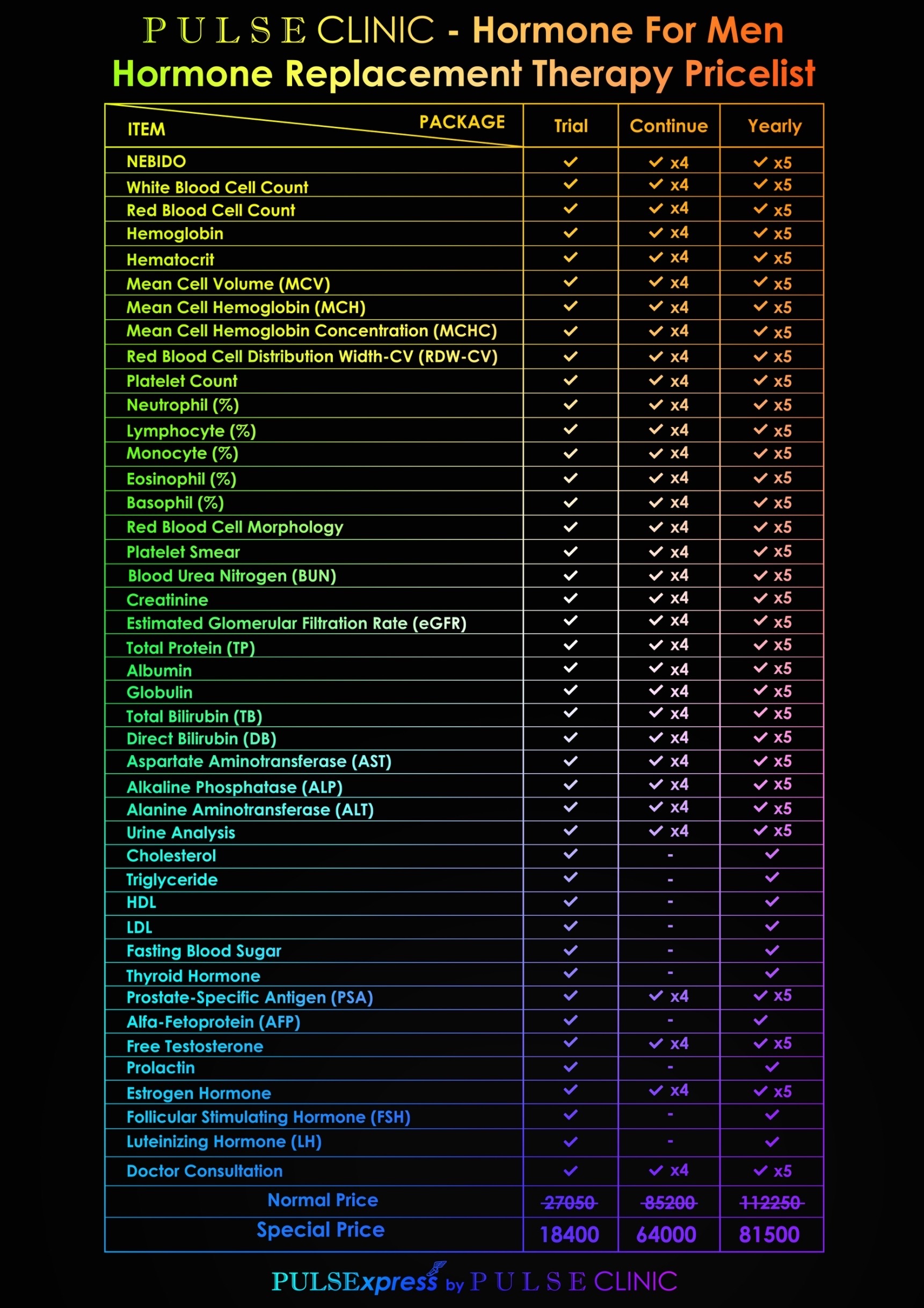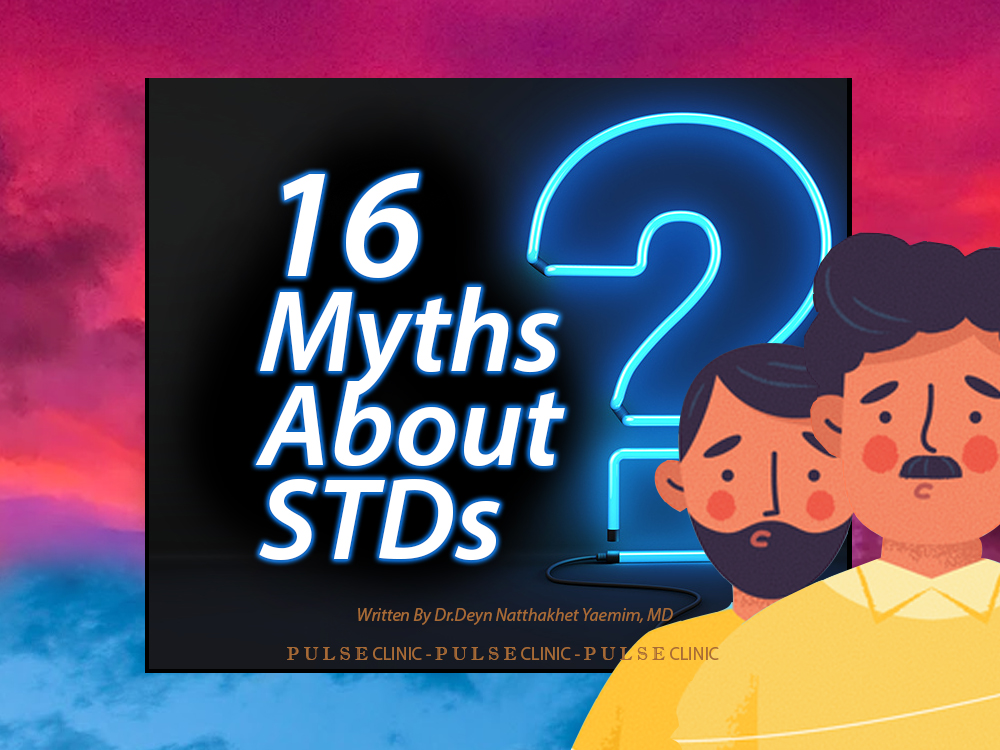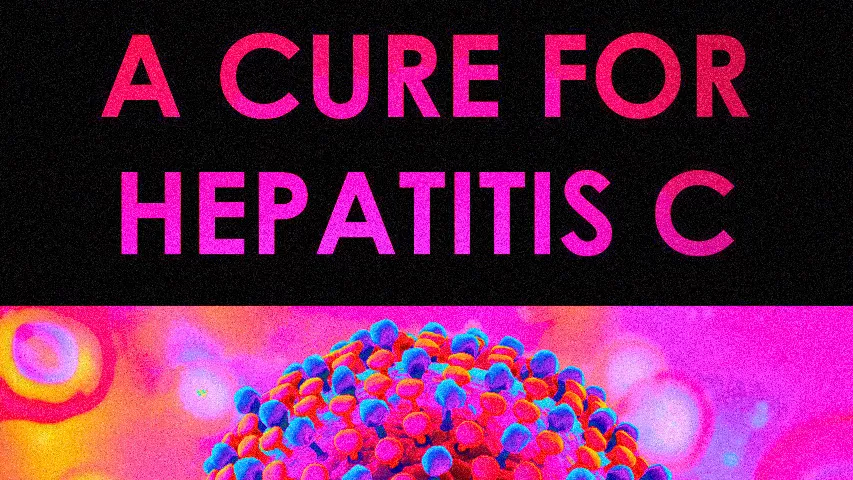
Testosterone Levels: The Basics
22856
Testosterone Levels: The Basics
TABLE OF CONTENTS
Chapter 1: Low Testosterone: The Basics
Chapter 2: Low Testosterone Levels Explained
Chapter 3: Causes of Low Testosterone
Chapter 4: Common Symptoms of Low Testosteronปe
Chapter 5: How to Diagnose Low Testosterone
Chapter 6: How to Treat Low Testosterone
Chapter 7: Commonly Asked Questions about Testosterone
Low Testosterone: The Basics
While it is most commonly thought of as a sex hormone, testosterone plays a number of other roles in the body, supporting many of the body's essential systems and functions. When levels of testosterone drop lower than normal, that imbalance of male hormones has wide-ranging affects throughout the body, producing symptoms that can range from physical changes to emotional and cognitive ones. Since low testosterone symptoms vary so widely and can mimic symptoms of a number of other health conditions, hormone level testing is essential in definitively diagnosing this common hormonal imbalance.
The testes are primarily responsible for producing testosterone in men, and the pituitary gland controls its levels. The primary male sex hormone, testosterone, is essential to the process of sperm production, affects sex drive, and aids in the development and maintenance of adult male characteristics and physical features. Testosterone also affects body composition, metabolism, cardiovascular health, bone mass and bone strength, as well as a number of key cognitive functions such as attention, memory, and spatial ability.
Low Testosterone Levels Explained
A relatively common condition, low testosterone can cause a range of physical issues and health conditions, especially among men. Fortunately, the signs of low testosterone, or "low-T," are easy to identify and typically respond to a number of treatment options. Learn how to recognize the symptoms of low testosterone, discover some common causes of this condition, and find out how to diagnose and treat low testosterone.
Testosterone is a hormone that your body's adrenal glands produce naturally throughout your life. While both men and women produce this hormone, men's testicles make significantly more testosterone than women's ovaries do.
Although testosterone levels influence sperm production and sex drive, this hormone also affects a range of physical and mental issues. Testosterone levels impact the way your body stores fat, how it retains muscle and bone mass, and how it produces red blood cells. This hormone can also affect your mood and energy level.
Throughout most men's lives, testosterone levels typically follow a standard pattern, increasing substantially during puberty and decreasing gradually after the age of 30. Although low testosterone levels are most common in older men, low-T can affect people of all ages. You have low T if your testosterone levels fall below the average range, which is from 300 to 1,000 nanograms per deciliter (ng/dL).
Also known as Testosterone Deficiency Syndrome (TD), low-T isn't uncommon. An estimated 2 percent of men have low testosterone. Age, health conditions, and other factors may increase the frequency of this condition.
Causes of Low Testosterone
A wide range of primary and secondary issues can lead to low testosterone levels. Primary issues typically include problems with the testicles, while secondary issues generally relate to the pituitary gland, which produces testosterone. Get to know some of the most common primary and secondary causes of low-T.
Male hypogonadism is a common cause of low T; a condition in which the body fails to produce enough testosterone. Primary hypogonadism, also known as a primary testicular failure, is caused by dysfunctional testes, which can occur due to infection, injury, radiation exposure or certain genetic, developmental and autoimmune disorders.
Central hypogonadism occurs when the hypothalamus and pituitary, which regulate the production and secretion of male hormones, do not function properly, leading to low testosterone. Common causes of central hypogonadism include genetic problems, certain medications, radiation, surgery, trauma, infections, rapid weight loss, tumours and nutritional deficiencies.
Andropause is another very common condition associated with low T. As men age, testosterone production declines, a natural transition that is comparable to menopause in women, commonly referred to as male menopause. On average, this change begins around the age of 40, with testosterone levels dropping approximately 1 percent per year, generally leveling off around the age of 55. In some men, levels drop more drastically than others, leading to testosterone deficiency.
Other common causes of low T include inflammatory diseases, diabetes, metabolic syndrome, cardiovascular disease, medications, and drugs used to treat prostate cancer and corticosteroid drugs. Kidney or liver disease can lead to low testosterone, as can stress, alcoholism, and obesity.
Advanced Age
The most common cause of declining testosterone levels is advanced age: all men produce decreased levels of this hormone as their age increases. While the American Urological Association estimates that only about 1 percent of younger men have low-T, the condition is much more common in older men. In fact, studies have shown that approximately 20 percent of men over 60 have TD, while half of men over 80 may experience abnormally low testosterone levels.
Obesity
For men, obesity can also contribute to low testosterone levels. In fact, according to the American Urological Association, up to 30 percent of overweight men may experience low-T. Carrying excess fat cells can cause testosterone to convert to estrogen, leading to rising estrogen levels and decreased testosterone levels.
Infections
While minor infections don't typically cause TD, some viral infections can cause decreased testosterone levels later in life. If you develop mumps as a teenager or as an adult, the virus may affect your testicles, eventually causing testicular damage and low testosterone levels. In some cases, getting the mumps virus may cause you to become sterile.
Chronic Illnesses
Only a select few acute infections can lead to low-T, but several chronic illnesses can contribute to declining testosterone levels. If you have chronic kidney or liver disease, HIV or AIDS, or type 2 diabetes, your risk factor for developing TD could be higher. For example, the American Urological Association reports that having diabetes could double your chances of developing abnormally low testosterone levels.
Serious Injuries
Testicular injuries and impacts to the scrotum can also lead to damage and low-T later in life. While serious injuries to one testicle don't always substantially impact your overall hormone production, a series of injuries to both testicles can cause your testosterone levels to decline over time.
Congenital Conditions
Congenital conditions, such as Klinefelter syndrome, can contribute to low-T. This syndrome causes a man to have two X and one Y chromosomes rather than one of each. The additional X chromosome can lead to abnormal testicle development and testosterone levels far below average.
Hormonal Conditions
Irregularities in the hypothalamus, which oversees the pituitary gland, can also impact testosterone levels. Malformations, tumors, inflammation, and blood flow issues related to these glands can cause low-T, as can chemotherapy treatments that affect these glands and neighboring areas.
Medications
Along with chemotherapy and radiation treatments, some other medications can cause testosterone levels to decline. Steroids, narcotics, and opioid medications can all affect the normal functions of your pituitary gland, ultimately leading to low-T. Abusing medications and drinking excessively can also decrease your testosterone levels over time.
Common Symptoms of Low Testosterone
If your testosterone production is below normal, you could experience a wide range of symptoms. In many cases, you'll have more than one symptom at a time. Take a look at some of the most common signs that you may have low-T.
Decreased Sex Drive
In adult men, one of the most common signs of low testosterone levels is a decreased sex drive. Since this hormone is one of the main drivers of your libido, lower-than-normal levels may contribute to a similarly loss of libido or low interest in sex.
Although many men experience a gradual decrease in sex drive as they age, low-T tends to cause a sudden and substantial disinterest in sex. Since this drastic change can quickly cause relationship issues and personal frustrations, low sex drive tends to be one of the easiest TD symptoms to identify. Fortunately, this common symptom is also one of the first to resolve itself once you begin low-T treatment.
Reduced Semen Volume
Your testosterone level is closely linked with your sperm and semen production. If you notice a drop in semen volume during ejaculation or if you find that your sperm count has decreased, you may have low-T. Since reduced semen volume and sperm count can lead to reproductive issues, you may want to identify the cause of these symptoms right away.
Erection Difficulties
While testosterone isn't the only element that enables men to get and maintain an erection, this hormone plays an important role. After all, it causes the brain to generate nitric oxide, which prompts the chemical reactions necessary for an erection. If your testosterone levels drop below normal, you could have trouble achieving an erection during sex, and you may also notice that you don't have as many spontaneous erections while sleeping. Eventually, difficulties achieving and maintaining erections could lead to developing erectile dysfunction.
Because several factors affect erections, difficulties in this area don't automatically mean you have low testosterone levels. If you experience erection problems combined with other common symptoms of low-T, however, there's a chance you have TD.
Diminished Muscle Mass
Although erectile dysfunction and drastic changes to your sex drive are some of the clearest indicators of low testosterone levels, physical issues can also signal low-T in men. Since testosterone helps boost your muscles, low levels of this hormone can contribute to decreased muscle mass.
If you have this symptom, you probably won't notice a loss of strength or diminished muscle function. Instead, you may notice that your muscles simply don't appear as prominent as they once did, even though you maintain a consistent level of activity and you still strive to build muscle. You might also notice that the sleeves of your shirts fit more loosely than they once did, a sure sign that you've lost muscle mass.
Declining Bone Mass
Muscles aren't the only bodily components that tend to shrink when your testosterone levels decrease. Because testosterone plays an important role in keeping your bones strong, low levels of this hormone cause many men to experience a decrease in bone mass, eventually making your bones weaker and more prone to breakage.
Although it isn't easy to detect decreased bone mass visually, repeated fractures or constant feelings of weakness can signal bone mass problems. If you suspect that thinning bone mass is affecting your health, consider getting a testosterone test and a bone density scan to get to the bottom of the issue.
Increased Body Fat
Testosterone affects nearly every part of your bodily structure, and your body fat is no exception. In general, men with high or average levels of testosterone tend to be leaner and carry less body fat. In contrast, men with low levels of testosterone typically appear heavier and carry higher percentages of body fat.
While some low-T men develop enlarged breast tissue, especially if they have a natural imbalance of testosterone and estrogen, most others simply carry extra body fat around the middle. Since extra weight around your midsection can cause complications like heart disease and other serious conditions, identifying and addressing the cause of your excess weight is important. A simple testosterone test can tell you whether your hormone levels are lower than normal, and your doctor can advise about appropriate steps to take next.
Hair Loss
Along with affecting muscle, bone, and fat production, testosterone also impacts your hair growth. In fact, low testosterone levels can contribute to hair loss and may even lead to balding. While many men are genetically predisposed to going bald and many others gradually lose hair as they age, decreased testosterone levels can accelerate hair loss. In fact, below-average testosterone levels may even lead to all-over body and facial hair loss.
If you've developed a pattern of early hair loss that doesn't appear inherited or if you've begun to lose body and facial hair, you may be dealing with low testosterone levels. Consider completing a testosterone test, especially if you've also experienced other common low-T symptoms like mood swings and low muscle mass.
Fatigue
Testosterone has the potential to affect your energy levels, and TD can cause you to feel tired constantly, even if you get adequate sleep. If you have low testosterone levels, you might feel fatigued or lethargic, even if you haven't engaged in strenuous activities or suffered from sleep loss. Many men with low-T also struggle to stay active or maintain motivation to complete basic daily tasks.
In some cases, low testosterone levels can also cause frequent sleep disturbances, which can eventually cause fatigue and related issues. Many men with TD experience sleep apnea, insomnia, and interruptions in their regular sleep patterns.
Although many conditions can contribute to sleep issues and feelings of fatigue, low-T could be the cause of yours if you constantly feel tired even though you regularly consume caffeine and fuel your body with energy. A testosterone test can reveal whether low hormone levels are contributing to your sense of lethargy.
Mood Swings
It's no secret that the hormones your body produces naturally are designed to regulate your emotions and your moods. That's why low testosterone levels often lead to difficulties maintaining a stable mood or keeping your emotions under control. In many cases, low-T can make you feel sad for seemingly no reason or deplete your sense of well-being. Since testosterone also affects your sense of confidence, TD can cause you to lose your sense of self-assurance and lower your quality of life. In some cases, low testosterone levels can even lead to mental health issues like anxiety.
Like many conditions, anxiety, irritability, and other mood issues can result from many causes. If you notice frequent mood swings, a drastic change in emotions, or unusual feelings of nervousness combined with other low-T symptoms, consider getting your testosterone levels analyzed.
Memory Issues
You might consider memory issues to be a normal part of aging, but low testosterone levels can contribute to cognitive decline or amplify the side effects of this condition. Many men experience a gradual loss of focus, reduced memory capabilities, and a general feeling of mental fogginess when their testosterone levels drop.
A 2015 study of the links between testosterone levels and cognitive decline indicates a close correlation between the two in men over 70 years old. As the study shows, continual decreases in testosterone level tend to contribute to compromised memory skills.
On their own, memory issues and frequent forgetfulness don't necessarily indicate a serious drop in testosterone levels. However, if you notice memory loss in conjunction with other symptoms, such as low sex drive or reduced muscle mass, you may want to pursue a testosterone test and talk with your doctor about a low-T diagnosis.
Complications of Low Testosterone Levels
Over time, low testosterone levels can impact much more than your sexual drive. In fact, TD can cause numerous complications that could affect several areas of your life.
Since low testosterone levels impact bone mass, TD can eventually cause osteoporosis and other serious bone health issues. Because low-T can affect semen volume and cause erectile dysfunction, low testosterone levels can also lead to infertility and reproductive issues.
While physical complications aren't unusual, some men also experience mental health issues as a result of low testosterone levels. In fact, one of the most common side effects of low-T is depression, which can result from the stress that low hormone levels tend to cause.
How to Diagnose Low Testosterone
If you have any of the common symptoms of low testosterone levels; and, suspect that you have low-T, taking a blood test is the easiest way to gain insight into your condition. A testosterone blood test measures the total amount of the hormone in your body and reflects both bound and unbound versions of testosterone. To assess its levels, you will simply need to order a test and provide a blood sample.
Note that you may have to stop taking medications, like steroids and barbiturates, prior to taking a testosterone blood test, as these and other alike medications can contribute to inaccurate results. Pay close attention to the time of day when you take the testosterone blood test. Since most people's hormone levels are highest shortly after waking up, your doctor may recommend that you provide a blood sample in the morning.
After receiving your blood sample, the lab will analyze the total amount of testosterone. If your testosterone level is below the average range for men, or under 300 ng/dL, consider talking with your doctor for a definitive diagnosis and a consultation. Your health care provider can advise about at what is the normal range for your testosterone levels, given your age and any health issues you have.
If your doctor determines that your testosterone results are abnormal, your health care provider may perform a physical exam, order additional testing, or suggest treatment options to address low-T. In many cases, you'll find that you need periodic testosterone blood tests to track your hormone levels over time and assess the effects of any treatments you pursue.
Measuring Your Testosterone
There are a few methods used to determine if a man indeed has low amounts of testosterone in his body. The first method is for the physician to take a complete medical history of the patient. The doctor will be looking for signs and symptoms of androgen deficiency. The patient will be asked questions about their sex life, poor erections, less volume of semen, orgasmic quality, decreased energy, loss of muscle strength, self-esteem problems, depression, tiredness, irritability, insomnia, sweating, hair loss and abdominal weight gain. Other important symptoms include high LDL cholesterol, osteoporosis, an increase in total body fat, and a reduction of red blood cells in the plasma. For many men, premature aging is a form of hypogonadism. Although there are more symptoms than listed here, the line of questioning will be the same in the doctor's office. From the information provided here, it shows how important it is to verify the diagnosis since so many of these symptoms can relate to other diseases.
After determining whether the symptoms seem to suggest Low T, you will need to have your testosterone measured using a Testosterone blood test The two most relevant blood tests are the Total Testosterone and the Free Testosterone tests. Most anti-aging doctors recommend to take the blood draw in the morning, usually before 10:00 a.m. This is when the male's testosterone level is at its highest point. Several blood tests should be performed, over a period of a week, to determine the actual number when trying to diagnose andropause. The levels of testosterone tend to fluctuate throughout the day. Once a final diagnosis is confirmed, there are several options to be considered and discussed with the doctor regarding the testosterone delivery system and what will work best for them.
How to Treat Low Testosterone
Testosterone replacement therapy, or male menopause, is also known as Low T or Andropause. It is gaining more and more attention as the medical community and researchers learn about this condition that affects all men, as they age. In some instances, younger men may be affected by Low T due to other medical conditions. Because of the stigma attached to low testosterone, men are not inclined to talk about it that much and in the open, but the tide is turning with commercials about Low T. It is now known that men start losing 1% of their testosterone every year starting around the age of 30.
We now have continuous research and clinical trials going on that helps us to better understand male menopause in order to serve the male population more effectively. Another benefit of the research and clinical trials will also help men who, because of a disease or illness, suffer from Low T. These are treatable conditions with very good results. Previously, the medical profession was unaware of androgen deficiency because it came on gradually; and, carried a variety of vague symptoms.
Testosterone Replacement Therapies
The availability of testosterone comes in many forms: injectable, cream, gel, transdermal patch, mucoadhesive material applied to the teeth twice a day, testosterone stick (used like deodorant stick) and a long-acting subcutaneous implant of pellets. Depending on the doctor and the range within which your testosterone levels fall, the doctor will pick the right treatment. But, most will offer the cream as the first line of defense. Apply it in the morning as during the normal cycle of testosterone levels, these latter will be at their highest point. The doctor will want the patient to stay on the testosterone plan for a period of 8 - 10 weeks. This way, the patient will be able to show normal levels of the hormone. Blood work should be checked every 3 - 6 months to determine levels of the hormone in the system.
Receiving a TD diagnosis can be daunting. However, most patients have access to several treatment options that can improve symptoms and increase testosterone levels. Learn about some of the most common types of testosterone replacement therapy (TRT).
Skin Patches
In many cases, your doctor can prescribe a testosterone patch that you apply directly to your skin. You'll typically apply a transdermal patch each night, routinely changing the location to ensure that your body continues to absorb the hormone effectively without generating uncomfortable skin reactions.
Gels
Prescription gel applications could also be an option for TRT. Most testosterone gels require you to apply the medication on your arm, your armpit, or your thigh. You'll then need to wait for the gel to dry completely, taking care not to shower, sweat, or otherwise remove the gel before your body absorbs the hormone. You'll also need to take precautions to prevent touching others with the liquid medication.
While most gels require you to apply the medication directly to your skin, some require you to pump the gel into your nostrils. Although many nasal gels are easy to apply, they typically involve multiple daily applications to ensure that you absorb enough of the hormone.
Injections
In other cases, an internal application may work better for you. Your doctor may prescribe a testosterone injection that you'll need to apply to a muscle. Depending on the medication, you may be able to inject yourself at home each day or you may need to visit your doctor for regular injections. Most injections require multiple applications at specific intervals.
Pellets
One of the newest types of TRT treatment, pellets can also increase abnormally low testosterone levels. If you opt for this treatment, your doctor will implant several small pellets under your skin, typically in your buttocks. These pellets are designed to release testosterone over several months, gradually helping your hormones return to normal levels and alleviate your symptoms.
Lifestyle Changes
In some cases, you can consider making strategic lifestyle changes in addition to or instead of taking advantage of medical treatments. Adopting a healthier diet, avoiding alcohol, incorporating more exercise and movement into your day, and getting adequate sleep may help you maintain a lower weight, which can decrease the risk of low-T.
Potential Side Effects of Testosterone Replacement Therapy
All drugs carry side effects and testosterone cream is no different. If it is overused, side effects would include dizziness, headaches, fluid retention and high blood pressure. There is evidence that the cream can cause prostate problems: this would preclude men that are already having problems with their prostate.
While TRT treatments are relatively common and typically produce positive results, some therapies can generate negative side effects. In some cases, TRT treatments cause testicle shrinkage and decreased sperm production. In other cases, these therapies can cause physical side effects like weight gain and increased oil production in the skin. Treatments for low testosterone may also increase your risk of developing blood clots or having a stroke.
Although some TRT treatments can lead to an enlarged prostate or breast growth, studies have not linked low testosterone therapy to prostate cancer. If you have concerns about the side effects of any treatment you're considering; then, you need to have a frank discussion with your doctor to ensure that you understand the risks and benefits. Naturally, you'll want to feel confident that you're making the right decision for your health and well-being.
Whether you've experienced common symptoms of low-T or you have one of the risk factors for developing TD, it's important to know where your testosterone levels stand. Since low testosterone levels can impact your mental and physical health throughout your life and may even shorten your life expectancy, maintaining normal hormone levels is essential for your well-being. Order a total testosterone test from Health Testing Centers and get essential insight about your health today.
Trust PULSE CLINIC to take care of your health like other 45000 people from over 130 countries. We provide discreet professional service with high privacy. Here to help, not to judge.
Loading...
Clinic Locations
Loading...







